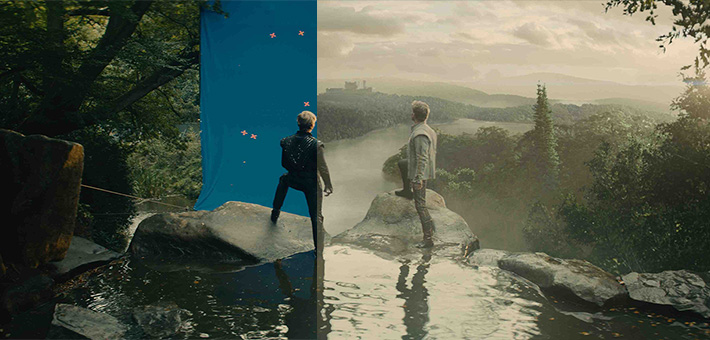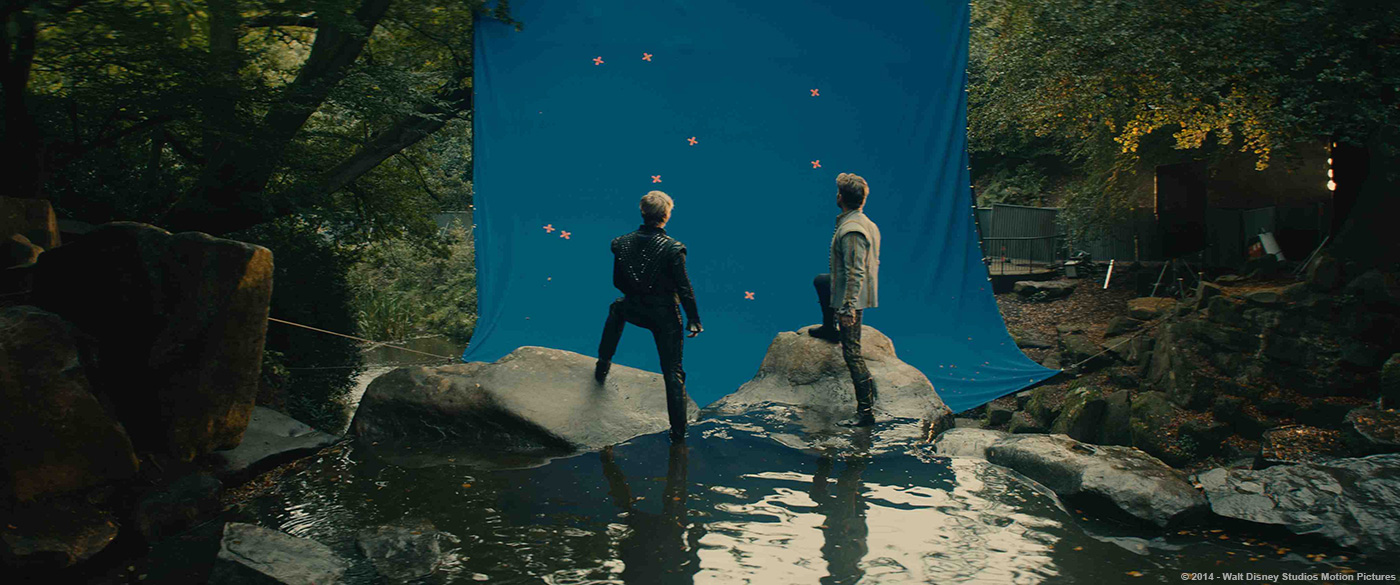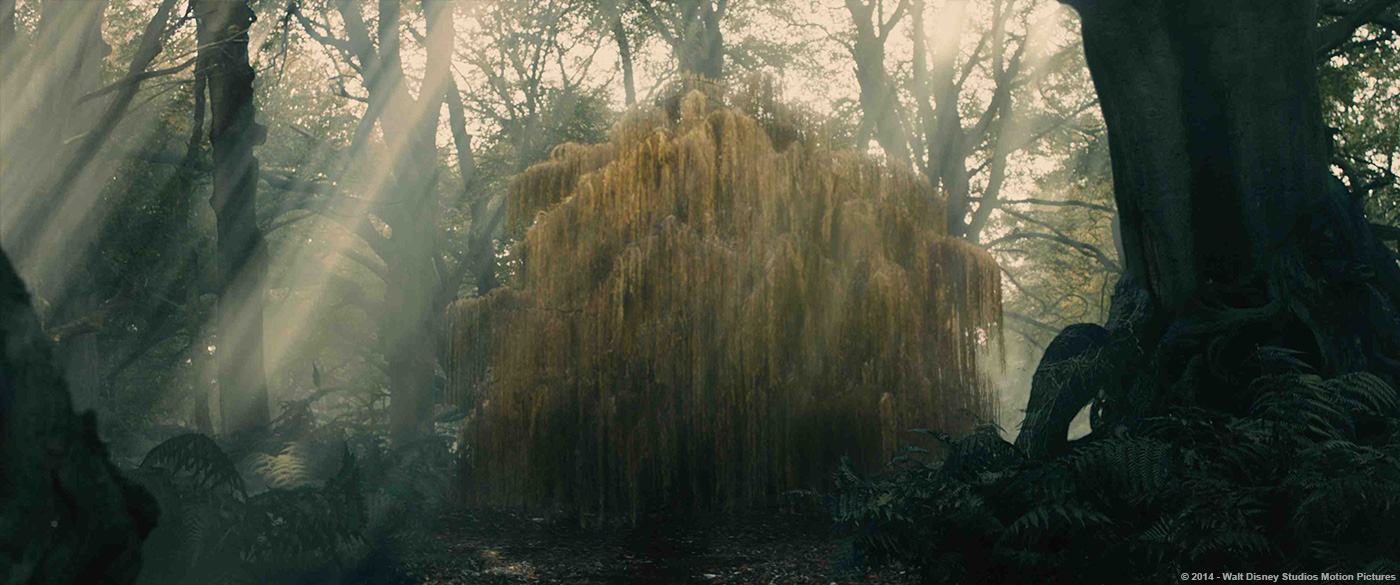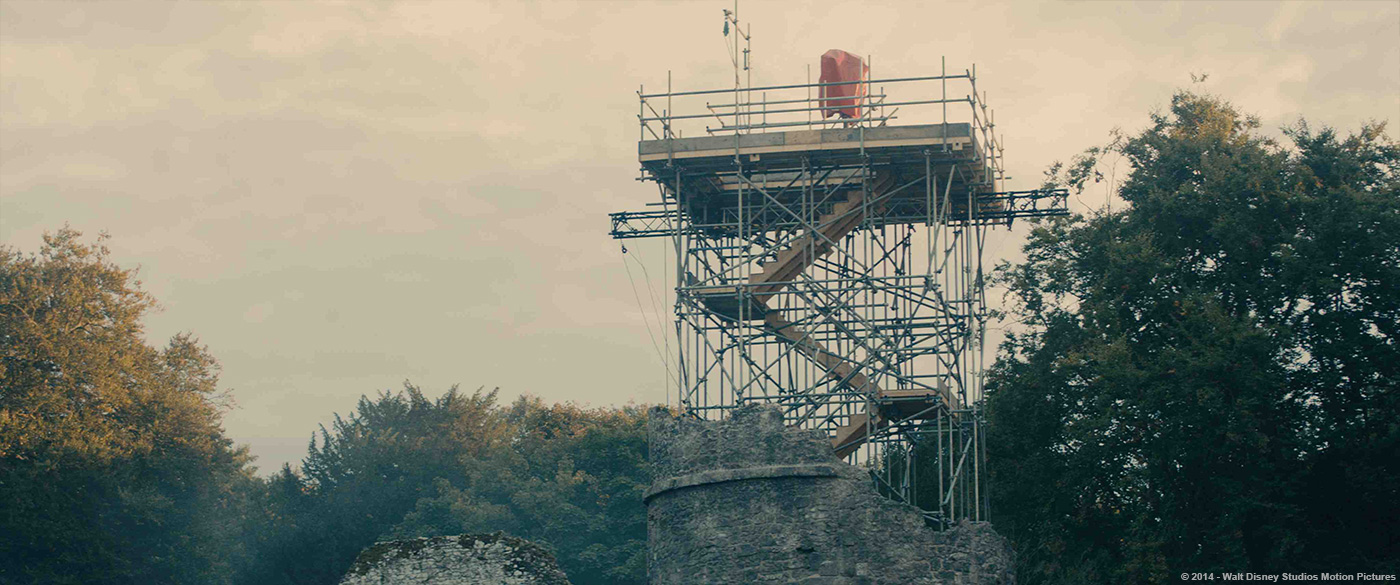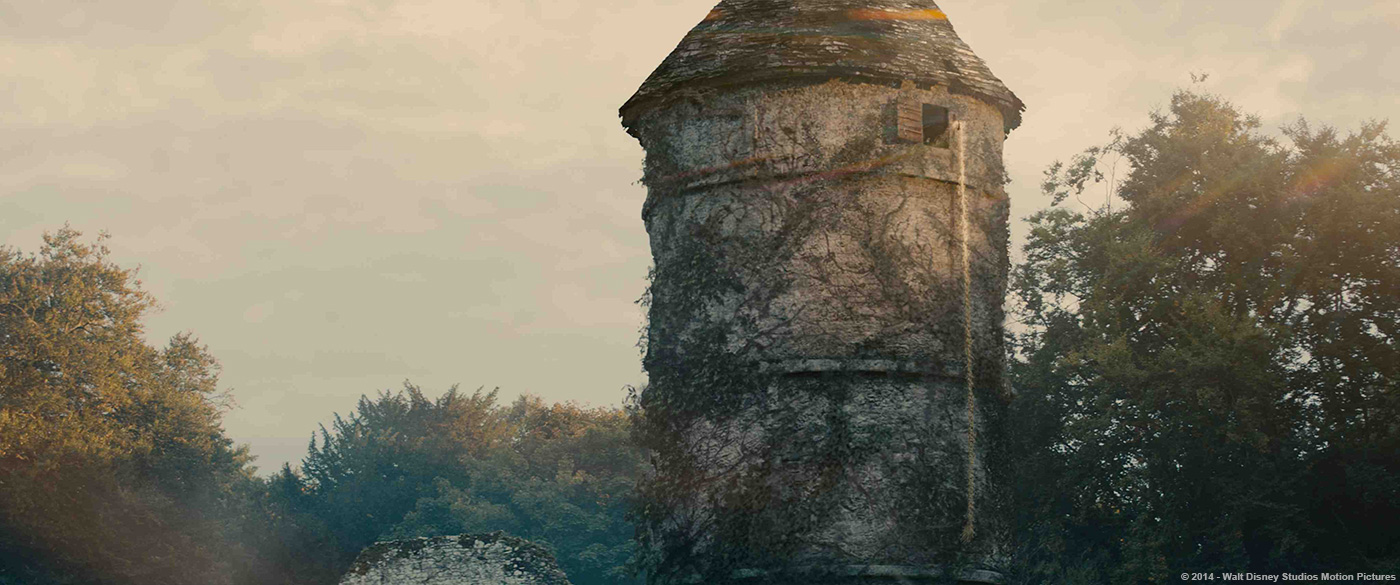Christian Irles is working in visual effects for over 12 years. He worked at various studios such as Klon Films, Cinesite or MPC. His filmography includes films like POSEIDON, CLASH OF THE TITANS, JOHN CARTER or MAN OF STEEL.
What is your background?
I grew up in Mexico City. When I was around 14 years old I was completely blown away by films like TERMINATOR 2 and JURASSIC PARK (as were many of us who decided to join the VFX industry). Back then there were no courses related to animation or visual effects in Mexico, so I decided to study Computer Science hoping this would get me closer to VFX. I quickly realized it was very technical, I was not very interested on how software was created (I am now), but more in using it in order to create good looking images. After a year and a half I decided to switch universities and studied Film Studies instead. I now know that acquiring a solid background in film and photography was pivotal to getting were I am now. I then moved to Montreal and did a specialized course in Visual Effects at the NAD Centre.
How did you got involved on this show?
Production VFX Supervisor Matt Johnson and I are old friends. We worked together on multiple shows at Cinesite in London. I was living in Vancouver when MPC asked whether I would be interested in moving to their new office in Montreal to supervise INTO THE WOODS. They told me Matt was the Client and that wanted me to be part of the adventure and I said yes straight away.
How was your collaboration with director Rob Marshall?
Unfortunately I didn’t a get a chance to meet Rob Marshall in person, all my communication with him was channeled via our Production VFX Supervisor, Matt Johnson.
How did you work with the Production VFX Supervisor Matt Johnson?
Matt was based in New York in order to be near Rob Marshall. Most weeks we would have two cineSync sessions in which we would discuss feedback from him and Rob, and present our WIPs or potential finals. We also spoke quite often on the phone as it was quicker than prepping a cineSync session. Matt came to Montreal once every month. These visits were very productive, it would allow us to review a large volume of work together.
Can you describe one of your typical day on-set and then during the post?
I didn’t go on set but a typical day during post would consist of our morning production catch up which informs what our daily targets are, followed by lighting, FX, anim, techanim, layout, dmp and compositing dailies.
The movie features many animals like birds and snakes. How did you created them?
All our CG animals were based either on real ones Production had on set (Milky White and the snakes for example), or from reference photography, like the Blackbirds. All animals were modeled and textured from photos, hair and feathers were achieved using our proprietary Furtily tool.
Can you tell us more about the birds animation in the kitchen?
Early on during the show we downloaded tons of reference videos of birds doing similar actions to what we needed in the film. Specifically for the kitchen scene, the most useful references were the ones that had birds flying in enclosed spaces, and eating on the ground.
How did you design and created the apparition of Cinderella’s mother?
The brief given to us was to make the apparition of Cinderella’s mother elegant, almost invisible. We started by recreating the trunk where she was sitting, making sure its shape and lighting matched Cinderella’s mother in order to help make the transition seamless. Once we had a good match, we morphed between both plates (DMP trunk & Cinderella’s mother) using live action smoke elements as a matte. This gave it a very organic feel that matched the movement of the leaves blowing in the wind seen in the plate.
Can you explain in details about the nice shot in which Cinderella receives her dress?
Cinderella’s transformation shot was filmed using motion control. Our London office pre-vized it before the shoot took place, working closely with Matt Johnson and Rob Marshall. Once the camera was locked in pre-viz, Anna Kendrick was shot in multiple moco passes using her ragged clothers and golden dress. Her movements were very similar between both takes but the blend from one another turned out to be quite tricky. It was achieved by morphing different parts of her at different timings (arms first, then her head, etc). The background was also shot in multiple moco passes on location at Shepperton. Once we had assembled both takes of Cinderella with the background, we then started working in FX on all the leaves that swirl around her. These were meant to be the main element driving the transformation of her dress. We also added foreground CG willow branches in order to add depth to the shot.
How did you handle the various disappearances of the Witch?
Before the shoot took place, Matt Johnson asked us to do tests in order to lock the look of the Witch disappearance. Rob Marshall preferred a simple approach without any magic. In essence, when the Witch is about to disappear, she gets enveloped by light small objects that are near her. We had two different scenarios in the film: inside the baker’s cottage, and in the forest. We used flour and leaves accordingly. Both were achieved with a combination of Flowline and Maya particles.
Can you explain in details about the creation of these locations and especially the Rapunzel tower?
The bottom section of Rapunzel’s tower (post earthquake) was shot on location at Waverley Abbey in the UK. We had to extend the tower using our CG model for shots that took place before the earthquake caused by the Giant.
How did you manage the castle destruction?
The castle destruction was achieved using a combination of MPC’s Academy Award winning destruction tool Kali and Flowline and Maya particles. Kali was used to drive the main destruction of the tower, how it shatters due to the earthquake. Once we had the timing of the tower collapsing locked, we then simulated smoke using Flowline and added lots of medium and small sized debris using Maya particles.
Can you explain in details about your work on the Giants?
We had two different scenarios in regards to the Giants in the film. The first scenario was to create a digital double of the husband chasing down Jack down the Beanstalk (and later seeing him lying dead on the ground), and the second was plate enhancements of the wife looking for Jack in the forest. The forest was built as a miniature in order for the actress to look like a giant, it was a beautiful set. Our mandate was to composite normal height actors shot on blue screen against the miniature forest plates with the Giant, and enhance these with CG leaves and dust to add scale. We also added our CG Blackbirds attacking the Giant towards the end of the sequence.
What was the main challenges on the show and how did you achieve it?
The main challenge for us was the variety of VFX work required for the film. We had lots of small sequences, each with different needs. It felt almost like working on commercials. Our film pipeline at MPC is fantastic for large complex projects, we usually do big sequences in which the same effects are used over and over. Once we set the look of our benchmark shots, the rest start to follow quickly. INTO THE WOODS didn’t fall in this category, it definitely kept us on our toes throughout the show.
Was there a shot or a sequence that prevented you from sleep?
Indeed, the shot that kept me awake at night was the one when the Witch dies and gets sucked into the ground. Conceptually it was very difficult to nail down. We went through multiple iterations and even 2D concepts to try to narrow down exactly what needed to happen. It was difficult to visually understand that the Witch was going down a hole alongside CG dust, leaves and magic (all very chaotic), and at the same time reveal black tar bubbling up through cracks on the ground. Seeing the tar appear was important as it played a part in the Giant’s death soon after.
What do you keep from this experience?
INTO THE WOODS was very DMP/Environments driven. This show helped me acquire more experience in order to judge what our limits are in terms of 2.5D work versus a full CG approach.
How long have you worked on this show?
I worked on the show for one year, almost to the date!
How many shots have you done?
We delivered close to 300 shots.
What was the size of your team?
At its peak when we were delivering 20-30 shots for final per week, our team in Montreal grew to around 40 people. However, counting our crew that built our assets, did our match move and roto/prep, I reckon we must’ve been close to 100. We have facilities all around the world, unfortunately I don’t get a chance to meet everyone in person, a big thank you to all involved.
What is your next project?
I am currently working on PAN, directed by Joe Wright.
What are the four movies that gave you the passion for cinema?
That’s a difficult question, I just can’t narrow it down to only four, and I also like many genres! CYRANO DE BERGERAC, SILENCE OF THE LAMBS, FARGO, A CLOCKWORK ORANGE, BLADE RUNNER, CLOSE ENCOUNTERS OF THE FIRST KIND, just to name a few…
A big thanks for your time.
// WANT TO KNOW MORE?
– MPC: Dedicated page about INTO THE WOODS on MPC website.
© Vincent Frei – The Art of VFX – 2015


